Moving Teeth Requires An Anchor Point
During orthodontic treatment, teeth move gently and gradually through bone tissue. In order to move teeth, the braces need a fixed point to push against in order to adjust the position of teeth. In many cases, the patient’s larger rear molars or other teeth provide this pressure point. When this strategy makes sense for the case, an orthodontist will choose this method because it doesn’t require inserting an anchor. Keeping in mind that orthodontic treatment is a very dynamic process with many elements to balance and control, using adjacent teeth as the anchors from which braces push or pull can cause those anchored teeth to move in unwanted directions. This can be counterproductive to the end goal of the orthodontic treatment.
Teeth act as an anchor in many cases, but in some other cases another point to push or pull from is necessary, and a temporary anchorage device allows the orthodontist to strategically choose the most useful point, and then attach one or more brackets to that anchorage point. This gives the orthodontist more options and additional control over the direction in which the patient’s teeth are being pushed or pulled.
An experienced orthodontist will have the knowledge and skills to determine if a temporary anchorage device is a better anchoring strategy than anchoring from adjacent teeth. Anchorage devices opens up many possibilities for an orthodontist. The ability to create leverage and pressure points adds another dimension to ways a doctor can approach treatment. Anchors make it possible to treat extremely complex cases which may have not been possible previously, or may not have been possible without oral surgery and the use of headgear.
Inserting the temporary anchorage device requires the use of a topical anesthetic, and the procedure is painless. The area of your jaw near the temporary anchorage device will feel minor pressure for approximately 24 hours, but following that, you will not be able to feel or notice the anchor until your doctor removes it.
